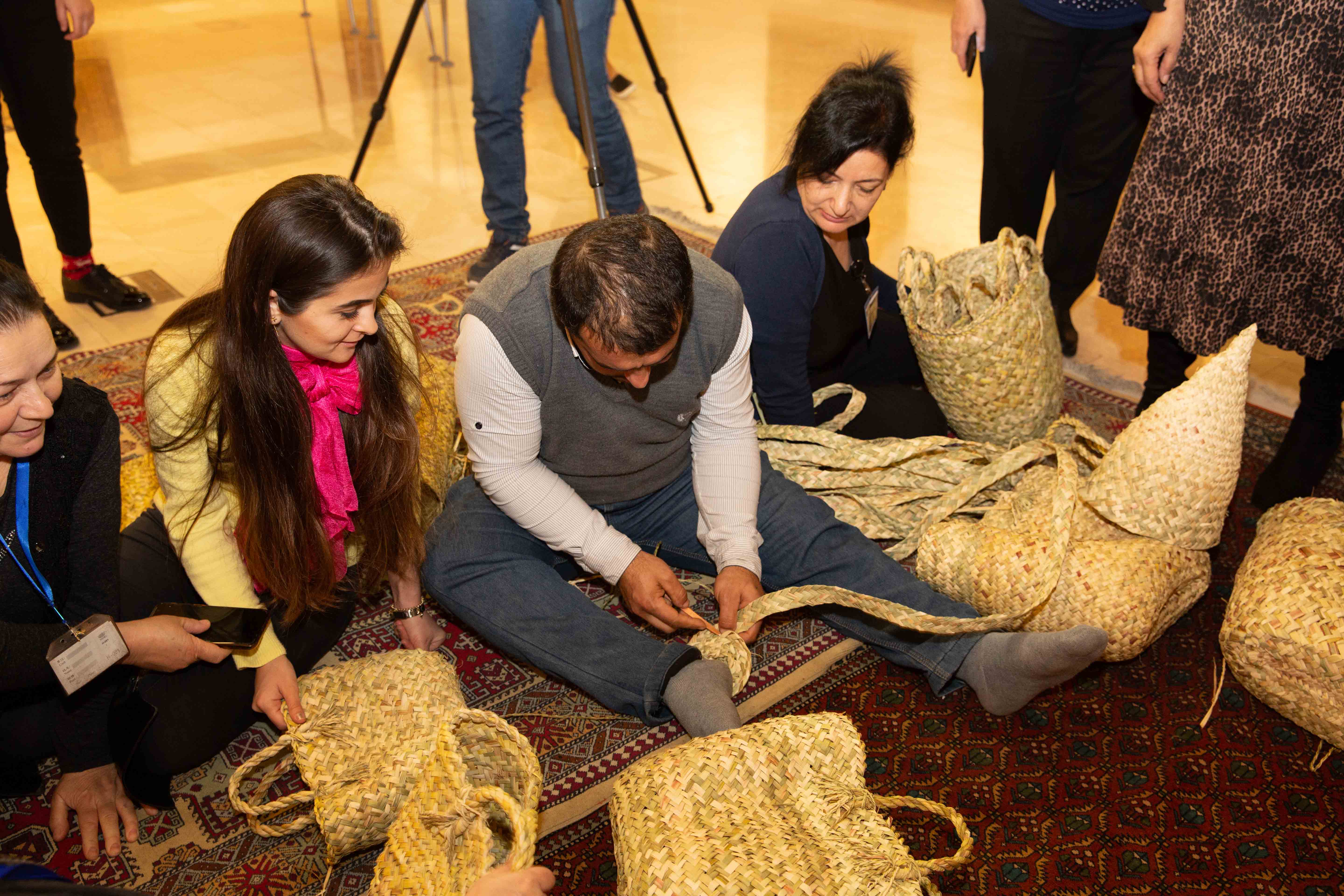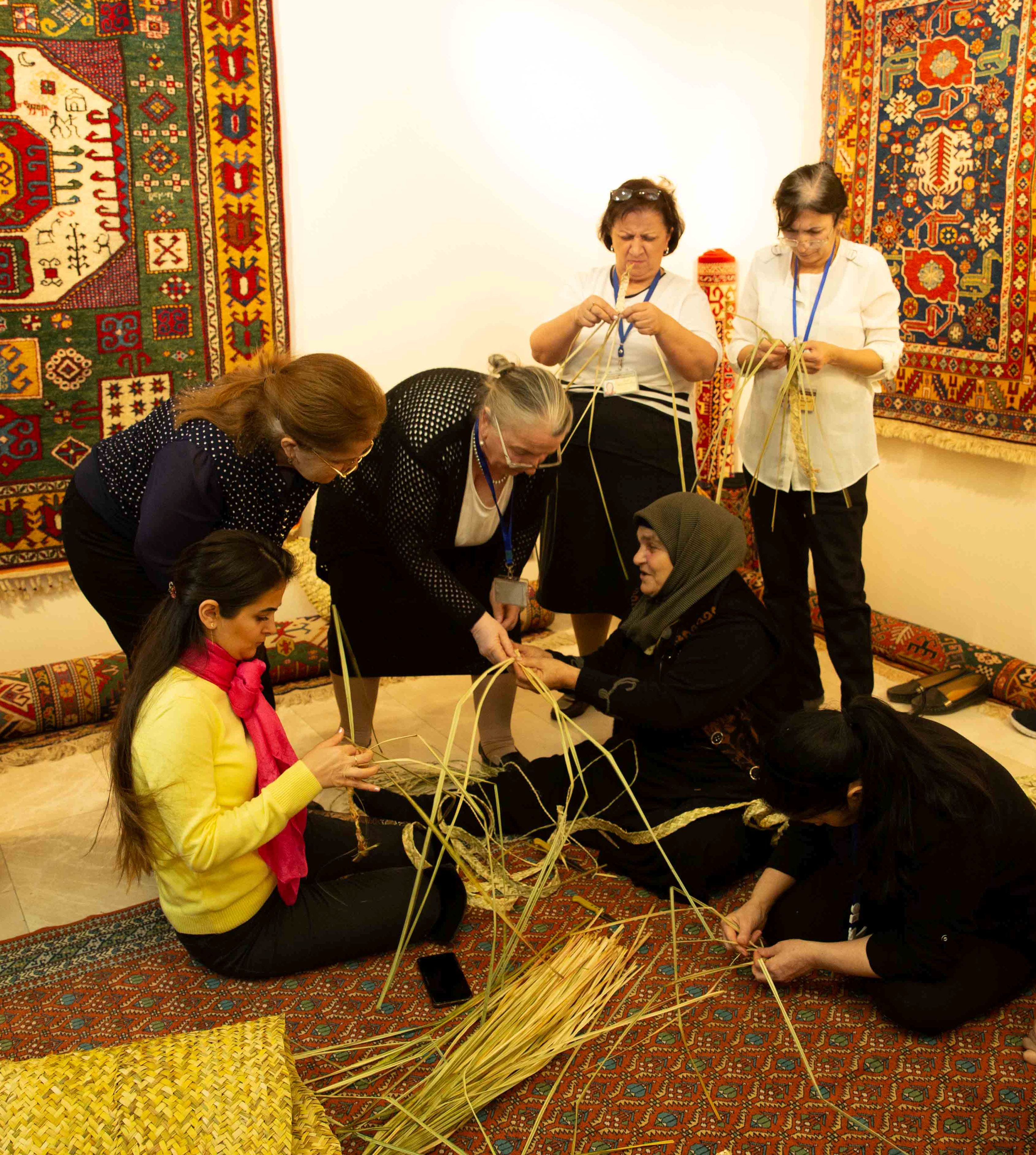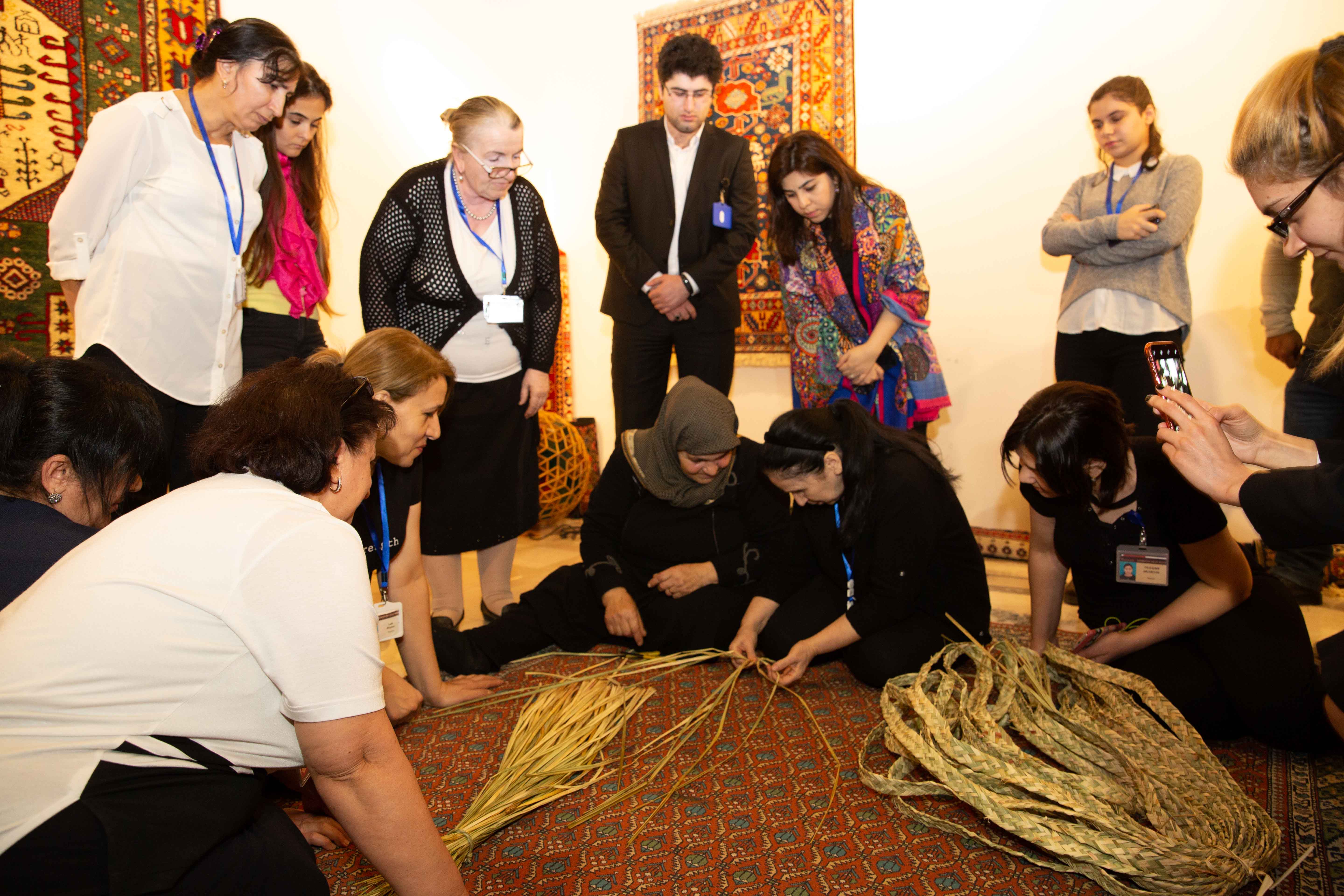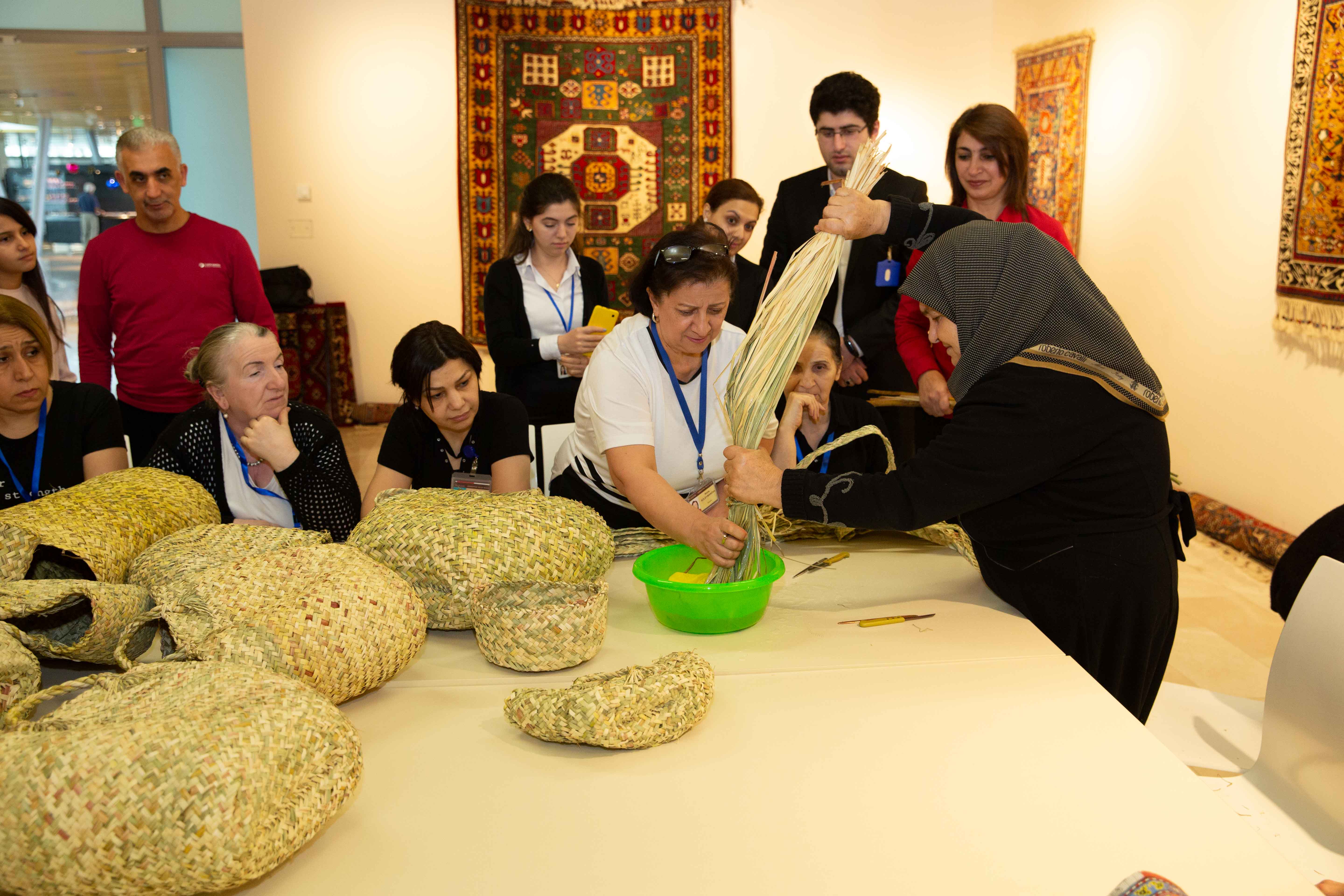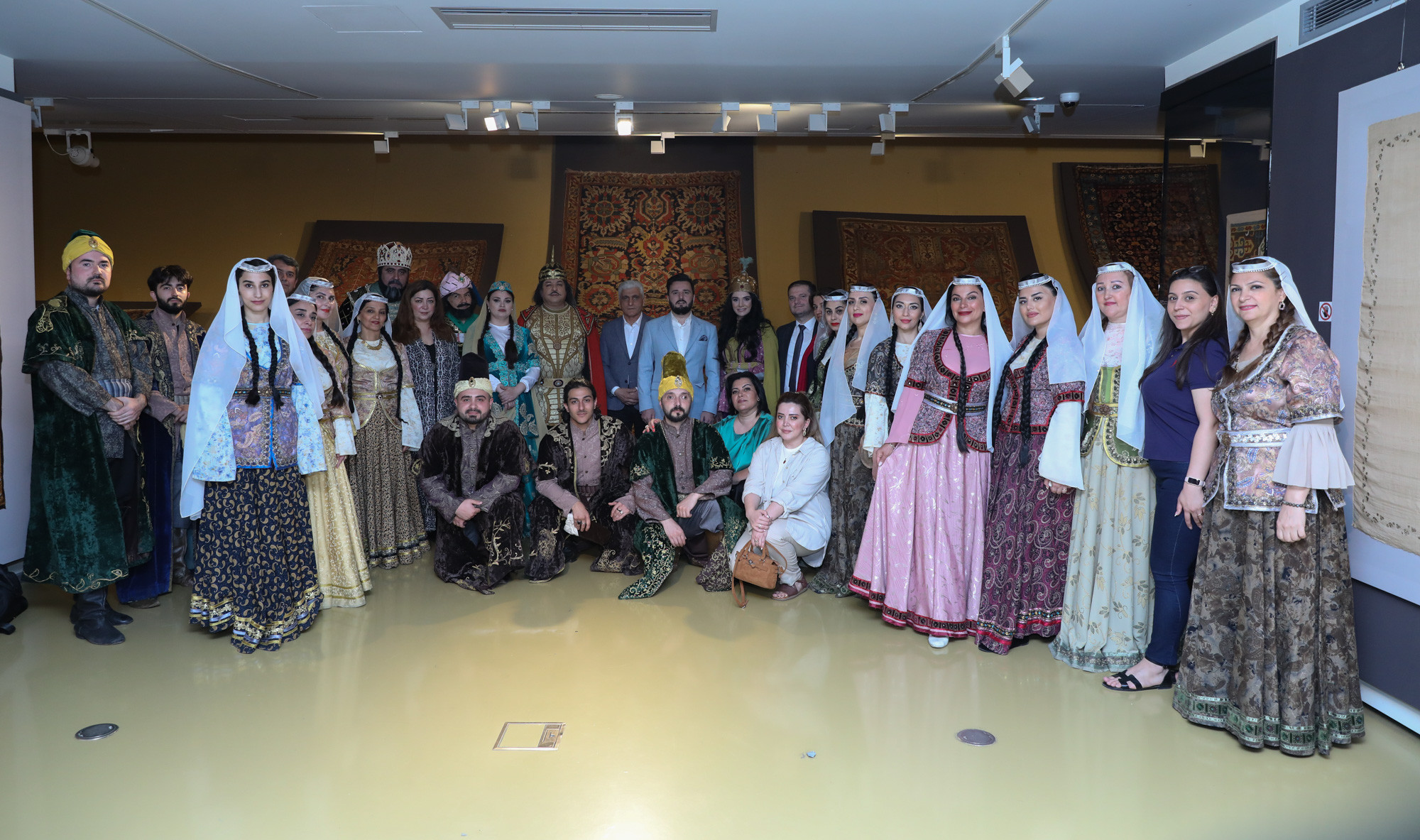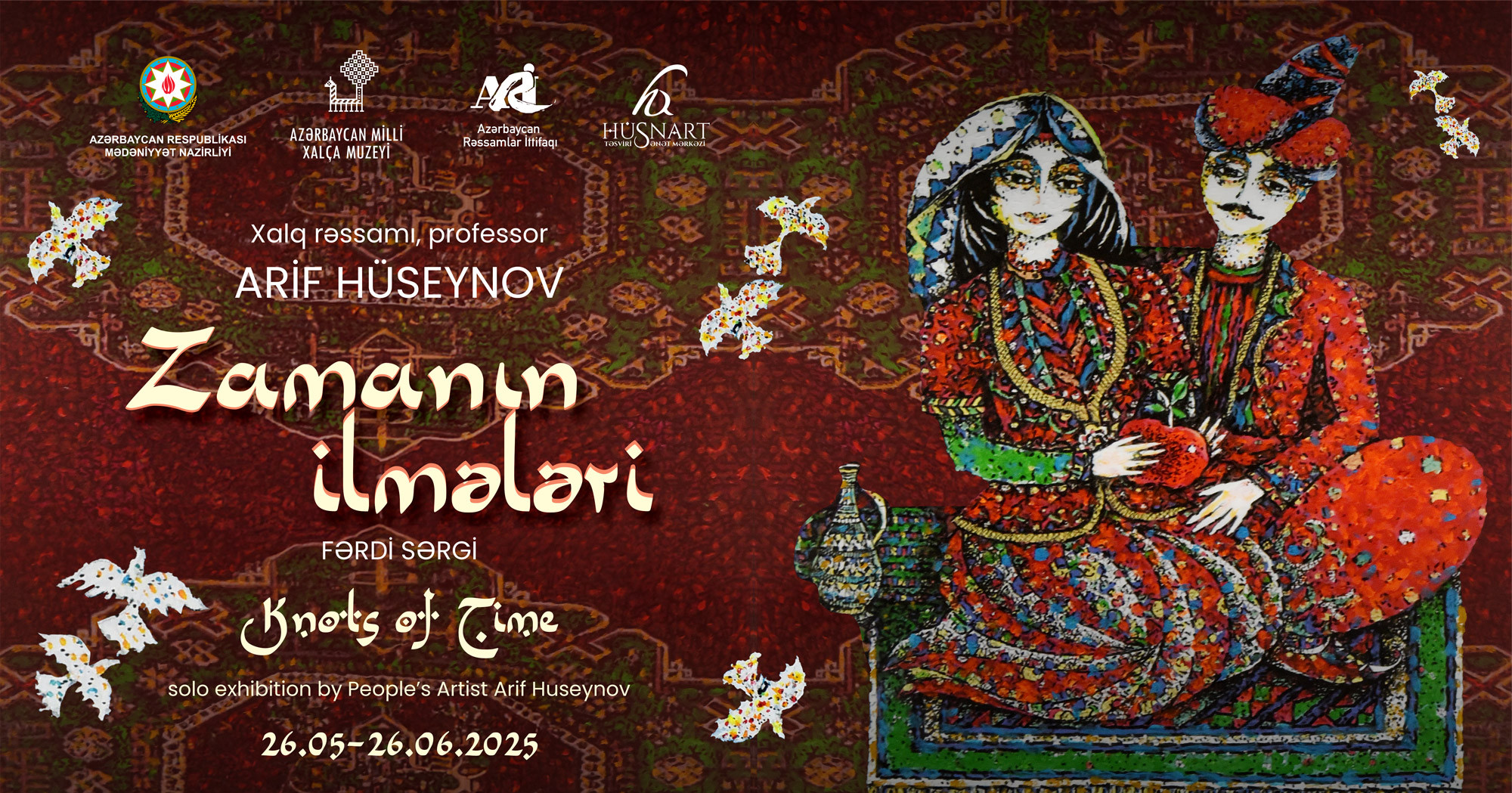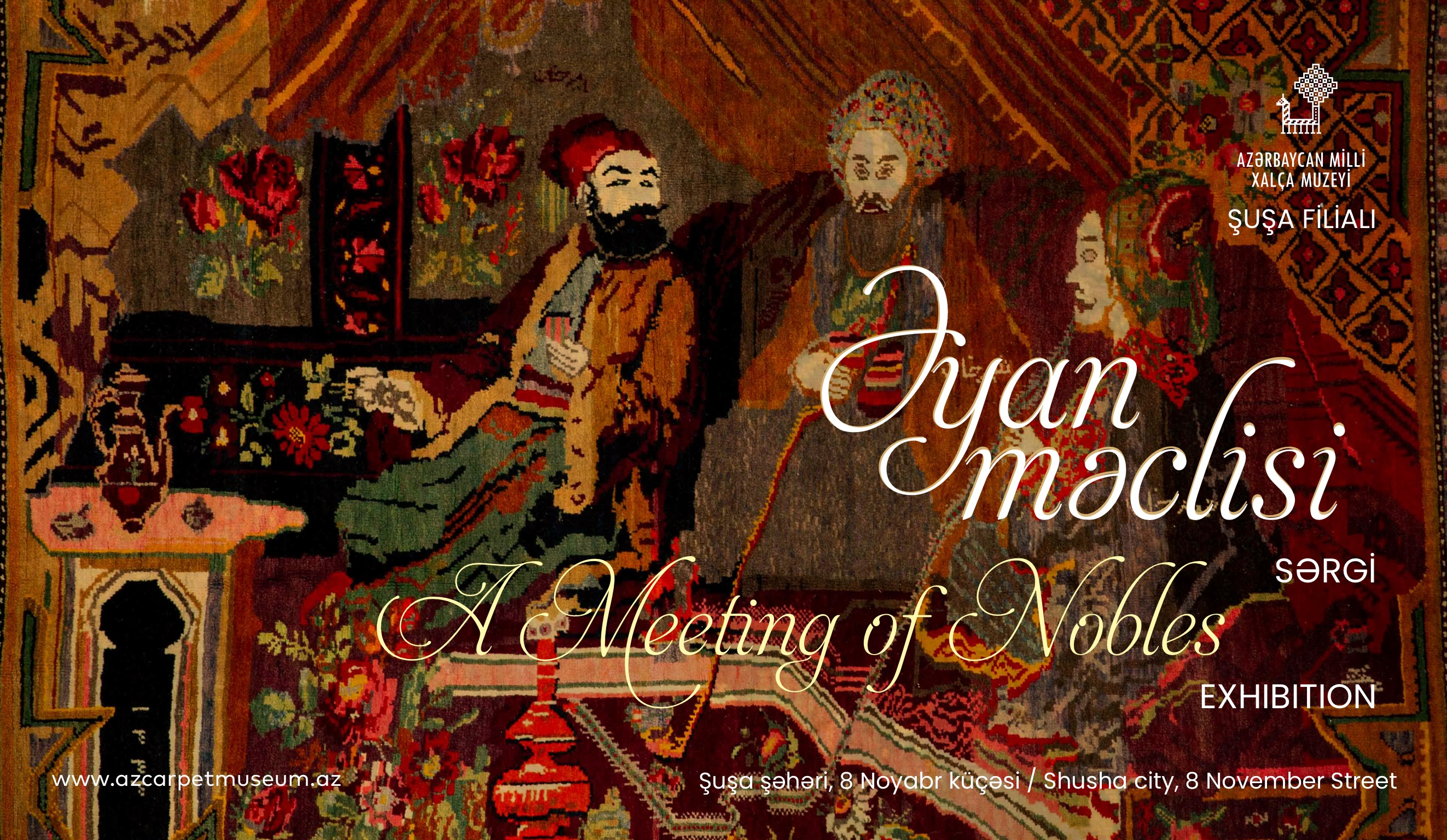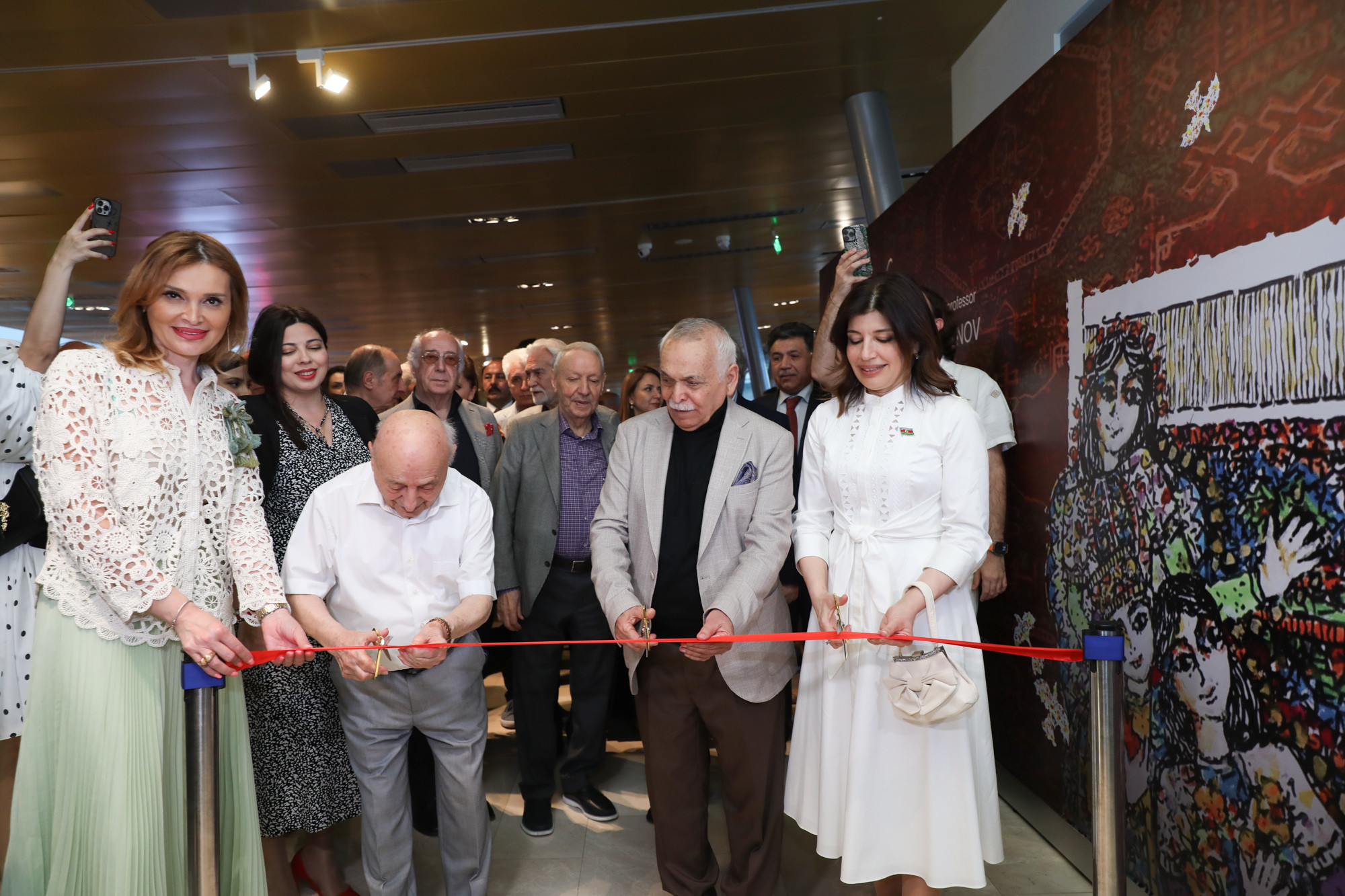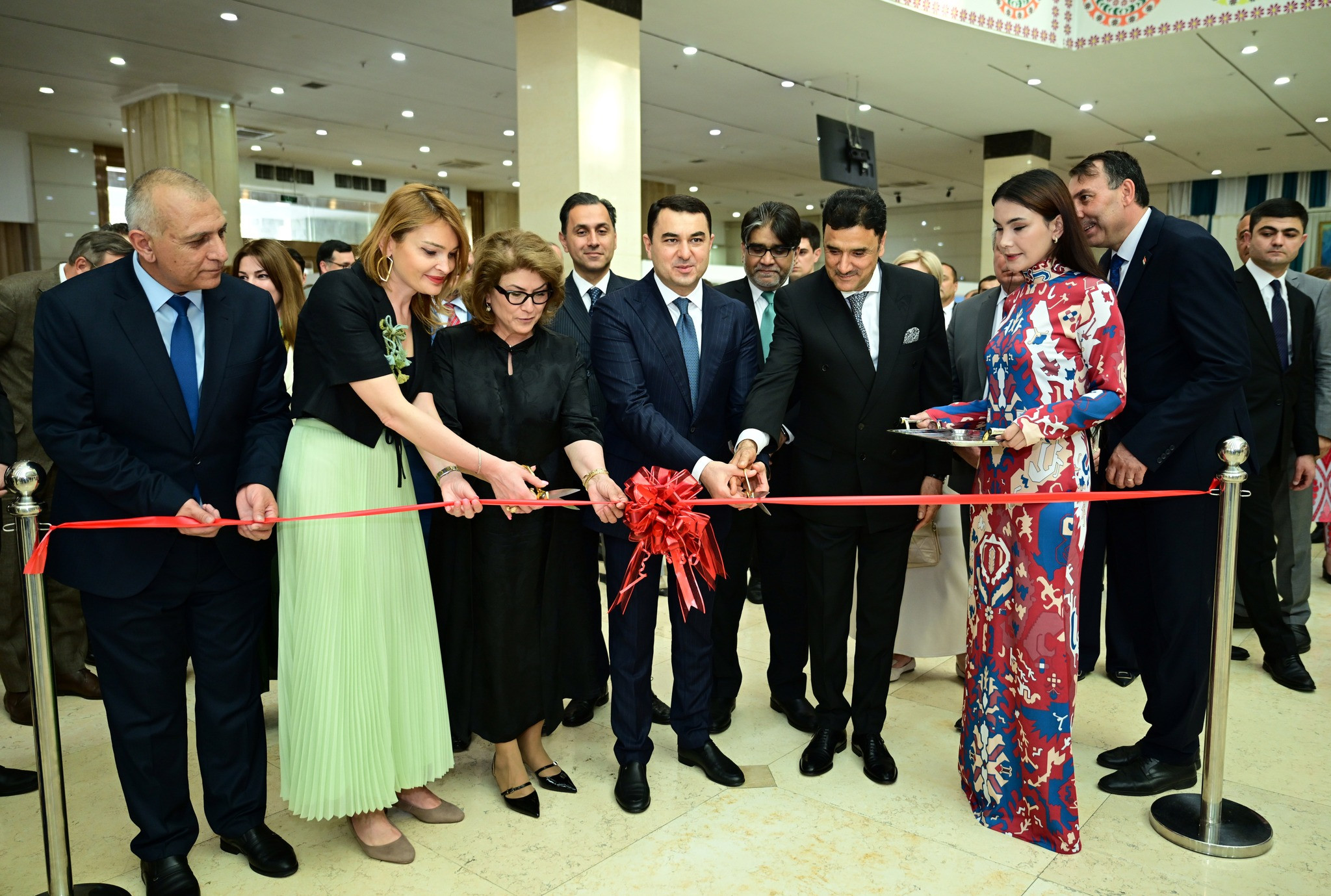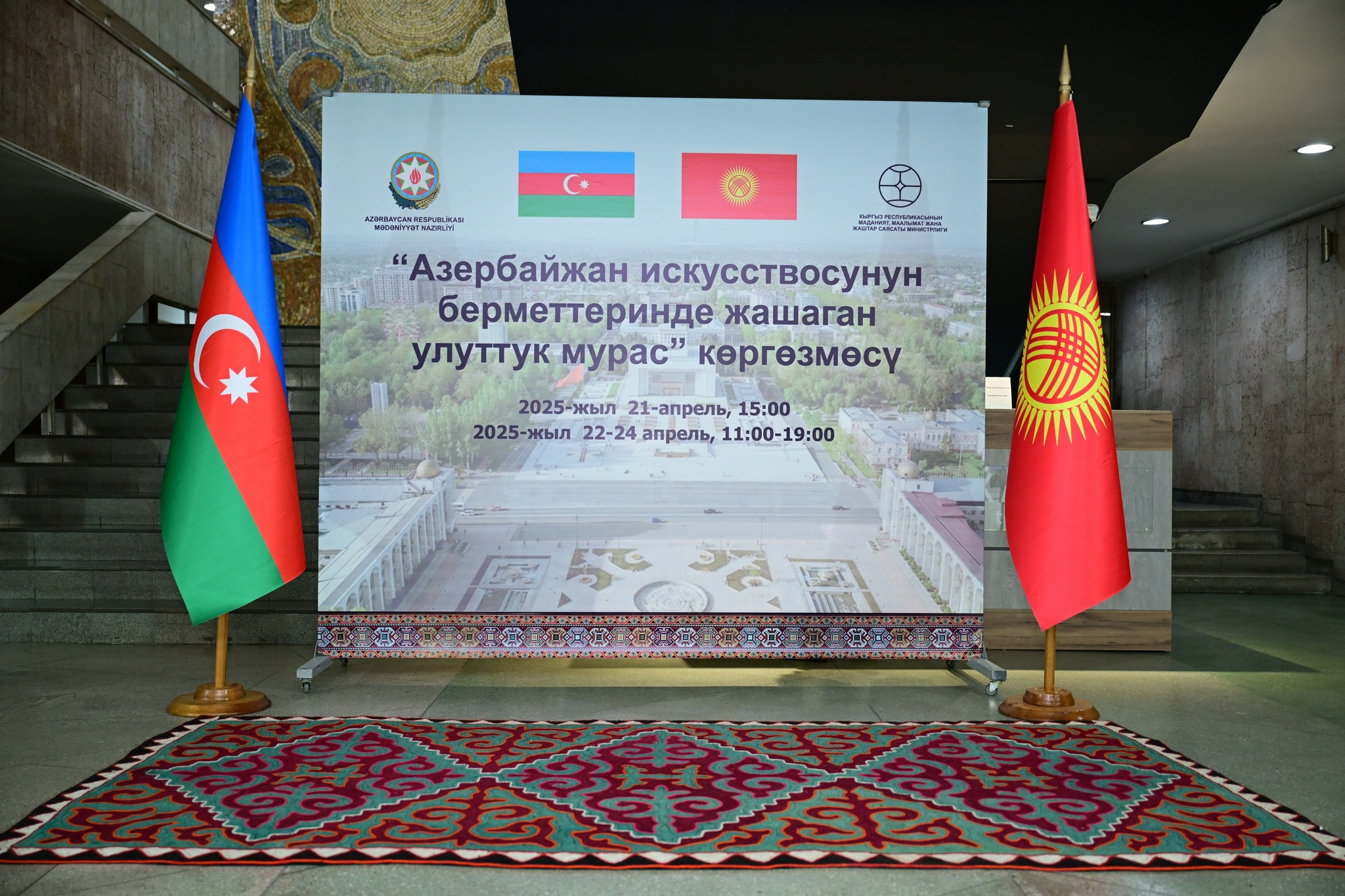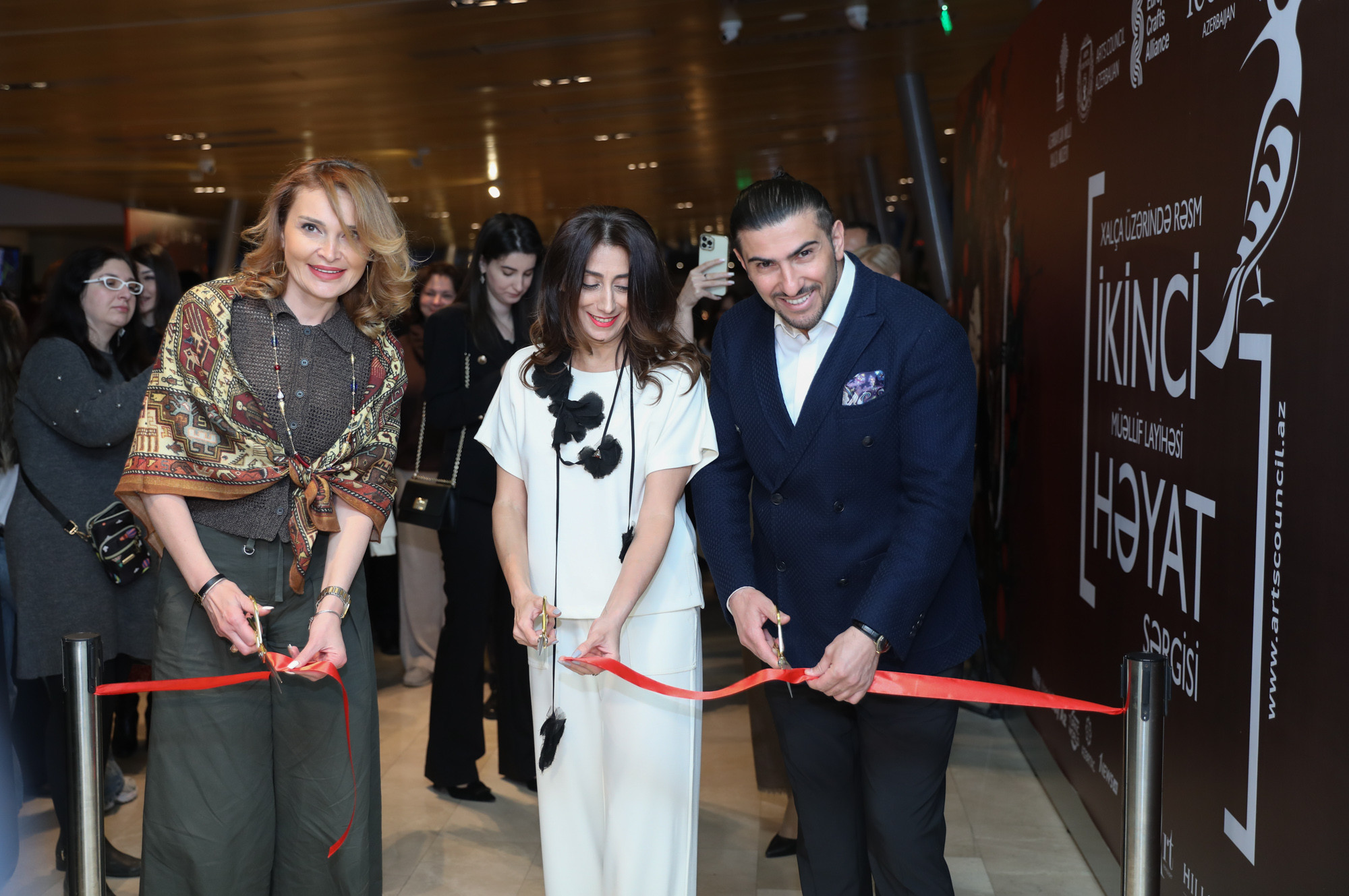Masterclasses on Mat Weaving Art
Azerbaijan National Carpet Museum organized masterclasses Sustainable Development of Cultural Heritage: Mat Weaving Art to draw public attention to the protection, promotion, and importance of decorative and applied arts, and the activity of artists who immortalize this heritage.
The participants showed great interest in the masterclass led by Farida Hashimova, Masalli region citizen, who has been producing mats since her childhood. “In spring and summer, people collect special raw materials called piza for weaving hasir (mats). These mats made of dried piza can be woven both on vertical and horizontal looms. Baskets, hats, and bags are usually made of reed and other fibrous plants.
Antiga Taghiyeva, Director of the Masalli Historical and Ethnographic Museum named after Rahim Taghiyev said that the mat weaving is an ancient folk art in Azerbaijan dating back to Eneolithic Period. “Mainly mat has been used as a household item in the southern part of our country for millennia. This is due to the subtropical climate of the area. Mat is one of the best means to protect against humidity. There is no moisture in the house where mats are used. Notably, according to experts, the use of mats at home also prevents rheumatic disease,” she added.
It should be noted that mats were used not only as a household item but also had an artistic value thanks to their elegant and delicate patterns. Unfortunately, nowadays mat weaving art is gradually disappearing. Plastic pollution has become one of the most pressing environmental issues. We should not only preserve mat weaving as forms of creative inspiration but also make every effort to develop it. After all, objects made of reeds and cane and widely used today – mats, baskets, hats, and bags – do not cause any harm to the environment or the human body. Therefore, products from mats should be tailored to fashion, be decorative and attractive in shape and design, and implemented in everyday life. Masterclasses on mat weaving art organized by the Azerbaijan National Carpet Museum is the first step taken in this direction.
